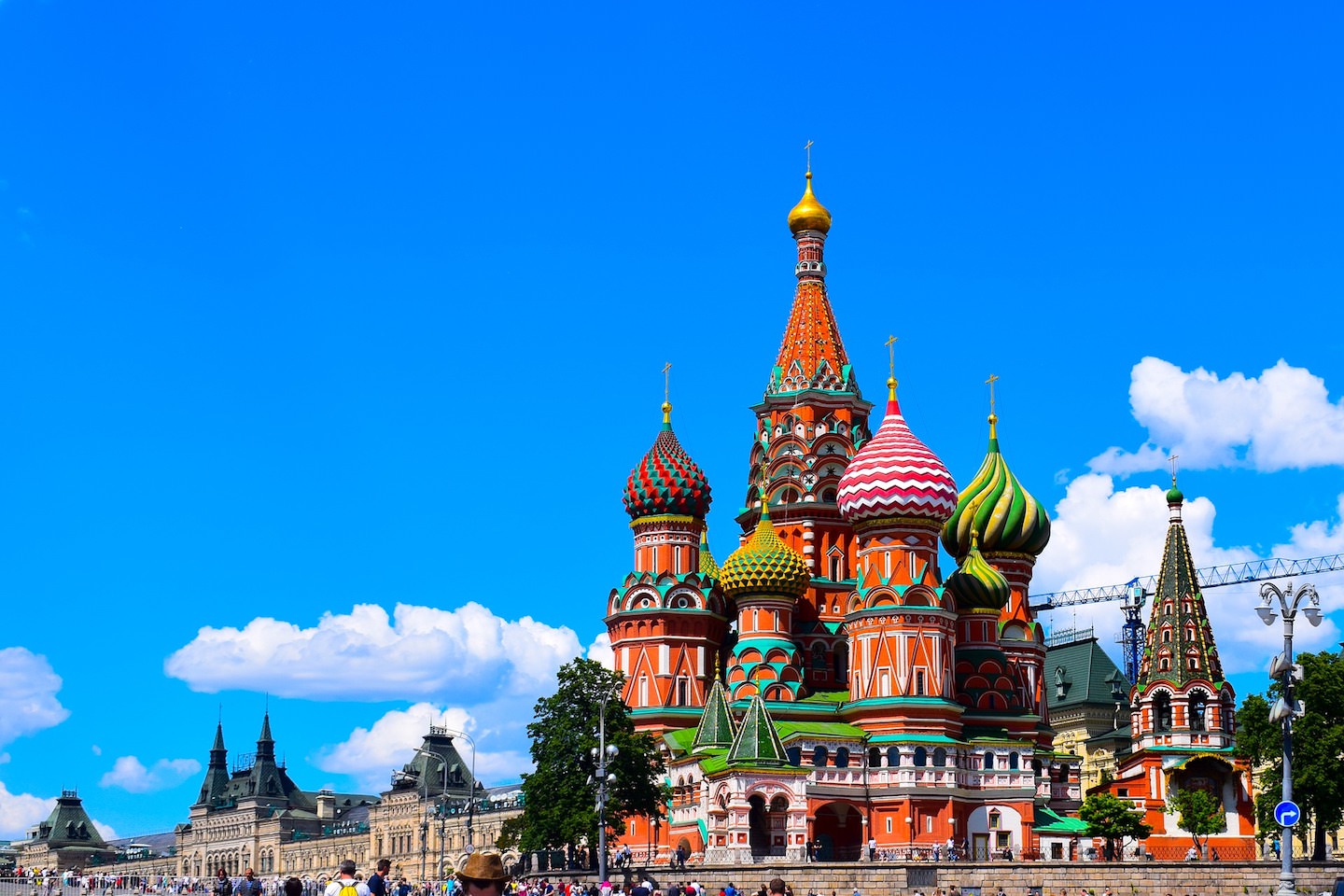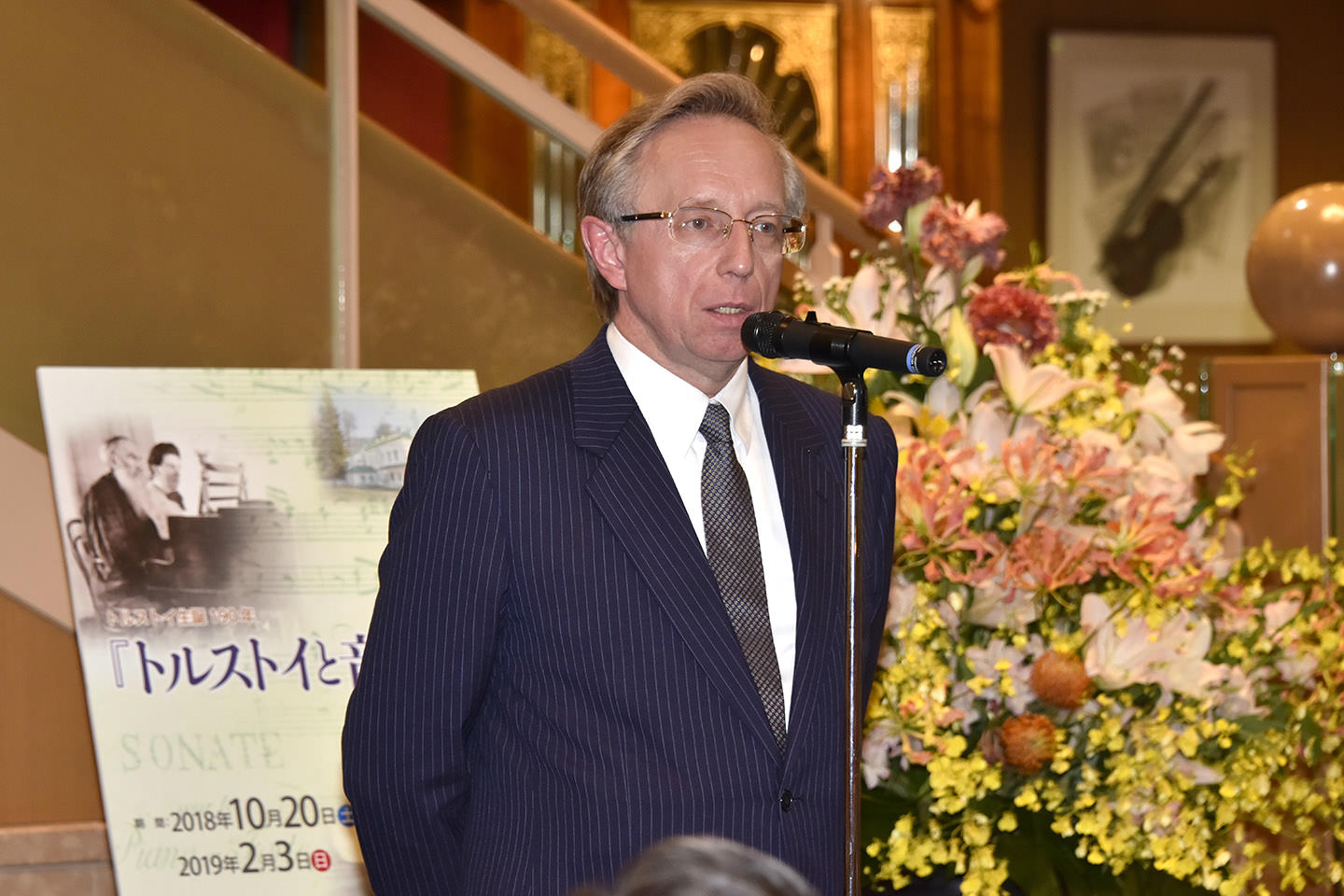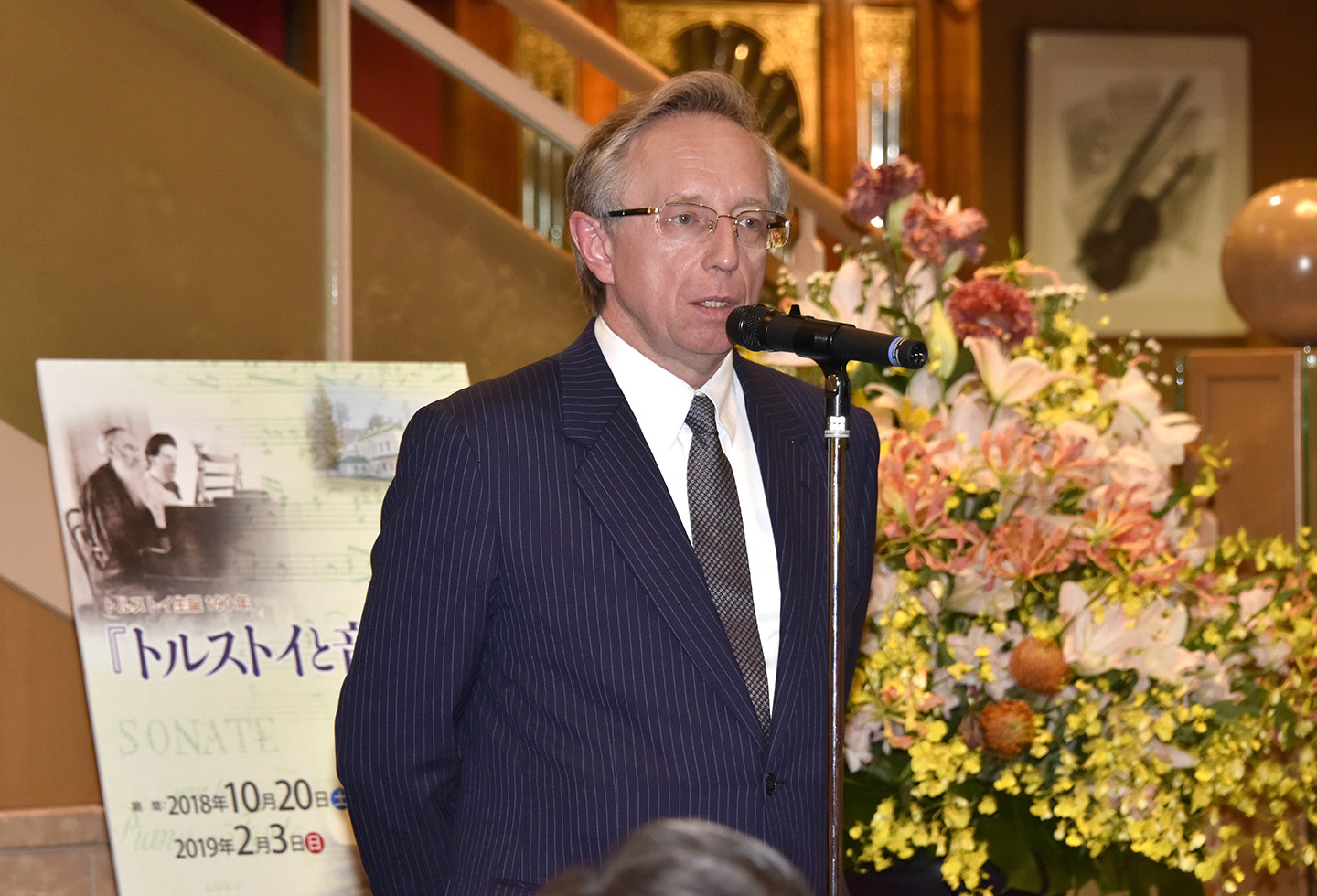Intertview with Presss Director Irina Afonina and Public Relations Officer Elena Alekhina of The State Memorial and Natural Preserve “Museum-estate of Leo Tolstoy Yasnaya Polyana”
.jpg)
The Tolstoy and Music Exhibition is currently being held at the Min-On Music Museum in collaboration with The State Memorial and Natural Preserve “Museum-estate of Leo Tolstoy Yasnaya Polyana”—Tolstoy’s former family home, which is open to the public. We asked press director Irina Afonina and public relations officer Elena Alekhina of the museum about the highlights of this project and introducing the life of Tolstoy through music.
Min-On: How would you like the people of Japan to view the Tolstoy and Music Exhibition?
Elena: This exhibition is an innovative project to shine a light on the relationship Tolstoy had with music, and how much he loved it. By learning what kind of music Tolstoy liked and how he enjoyed it, we can connect with him not just as a great writer but also as an individual. I believe people will feel closer than ever to the great writer Tolstoy through this exhibition. Music needs no translation or interpretation, and I hope that all people feel welcome to visit this exhibition.
Irina: I came to understand Tolstoy more through music than his actual writing. A person’s emotions and humanity can be exemplified through the kind of music they like. The gap between Tolstoy’s mind and my own shrank when I read the essays he wrote on music. Tolstoy’s works are masterpieces from which you can extract life lessons. But, if you haven’t read the works of Tolstoy, you can still appreciate Tolstoy’s rich literary tapestry through this exhibition.

Min-On: How did Tolstoy actually engage the world of music?
Irina: Tolstoy played the piano and devoted himself to music since childhood. In his home, there was a lot of sheet music from composers such as Chopin, Beethoven and Tchaikovsky. There aren’t many other writers who had such a collection of sheet music growing up. Tolstoy also composed his own waltzes, actually.
Reading his works, I don’t think there is any other writer more connected to music than Tolstoy. Works such as The Kreutzer Sonata use music as a motif, and he has many others which employ a musical form in the style of a sonata, or otherwise. His children all love music, and the Tolstoy family enjoyed songs and musical performances. In their memoirs, Tolstoy’s children say that they often fell asleep to the sound of their parents playing the piano together. His son Sergei was a composer who graduated from Moscow State Tchaikovsky Conservatory, and his son Michael was famous for composing Romance.

Min-On: What parts of the exhibition do you want people to notice in particular?
Elena: Tolstoy said, “People who are happy in their own home are truly happy people.” This exhibition included replicas of items that were part of the great writer’s daily life. For example, if you take a look at the shirts Tolstoy wore, I think you’ll understand his preferences and world view quite well. Something more unusual are the wooden dolls that his wife Sophia created handmade clothes for. They were a part of the Tolstoy family tradition—played with as toys and hung as decorations on their Christmas trees. Several of his handwritten manuscripts are also on display. However, I’d like visitors to pay special attention to is his proposal letter to the then 18-year-old Sophia. He laid out all his emotions bare—not knowing what he would do without her, and feeling at wit’s end.
Irina: The exhibition space here is by no means spacious, but each room in Tolstoy’s home was actually rather small. In the exhibition’s small space, similar to his own home, visitors can appreciate the life of the great Tolstoy.
Elena: The Tolstoy Estate has 36 rooms, however, Tolstoy lived in a separate small building. People who have visited Yasnaya Polyana are surprised at the small size of the room he lived in. He could have lived a more luxurious life through his royalties, but he found this small room more comfortable.

Min-On: The State Memorial and Natural Preserve “Museum-estate of Leo Tolstoy Yasnaya Polyana” is a famous sightseeing spot in Russia, isn’t it?
Elena: Yes. The museum houses an original collection of 40,000 pieces related to great Russian-born writers, and is essential for anyone who wants to learn more about Russian culture. Everyone who visits is surprised by its modesty and simplicity, and impressed by the forests, fields, parks and beautiful nature surrounding it.
Tolstoy’s works had strong autobiographical elements, often describing the nature around him. Tolstoy says, “Without Yasnaya Polyana, I can’t imagine a Russia. I can’t express my emotions toward Russia.” Visiting that place, you can see the landscape that he writes about with your own eyes. This allows you read deeper into his works, and savor them. I would absolutely love for visitors of the Tolstoy and Music Exhibition that are further interested in Tolstoy the human being, and his lifestyle, to also visit Yasnaya Polyana.


-1080x675.jpg)




